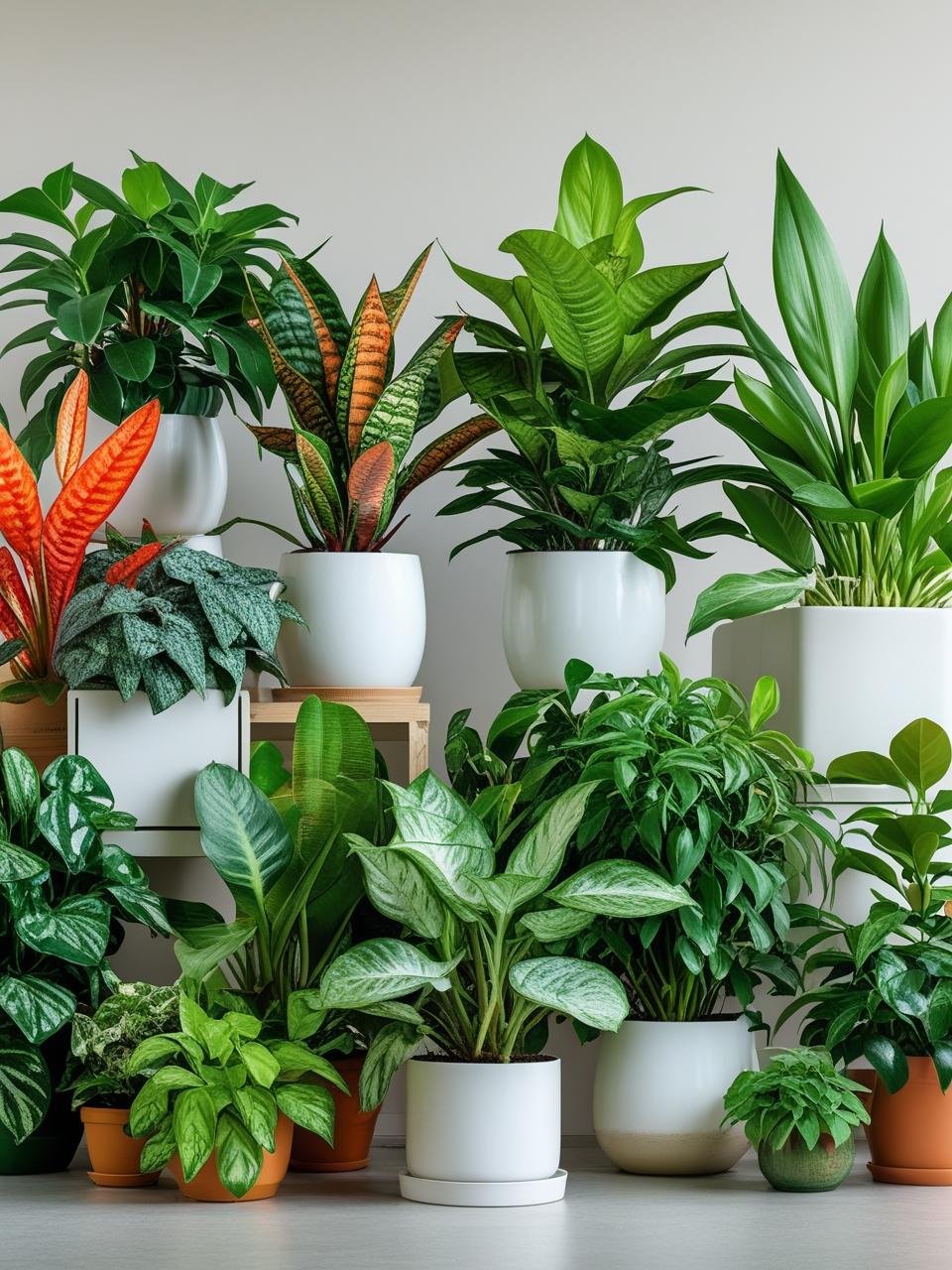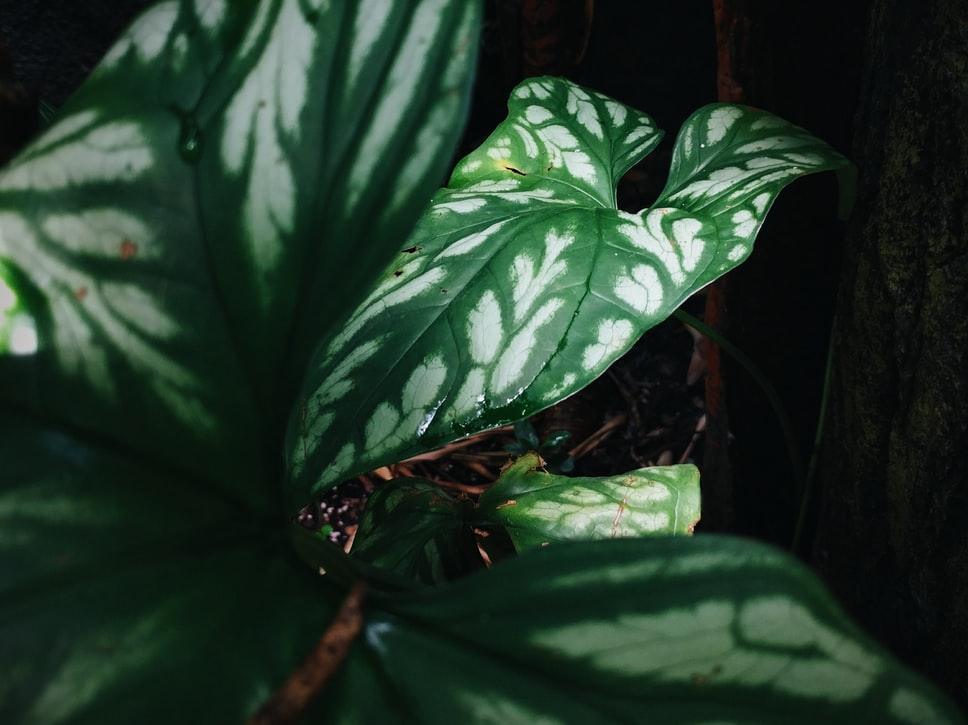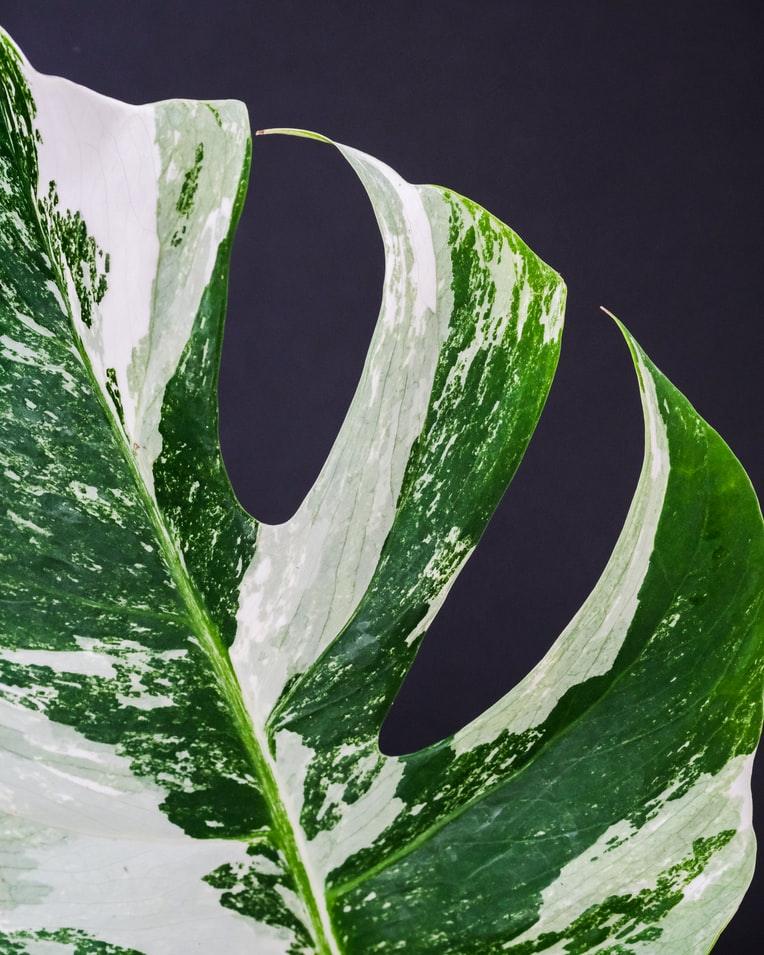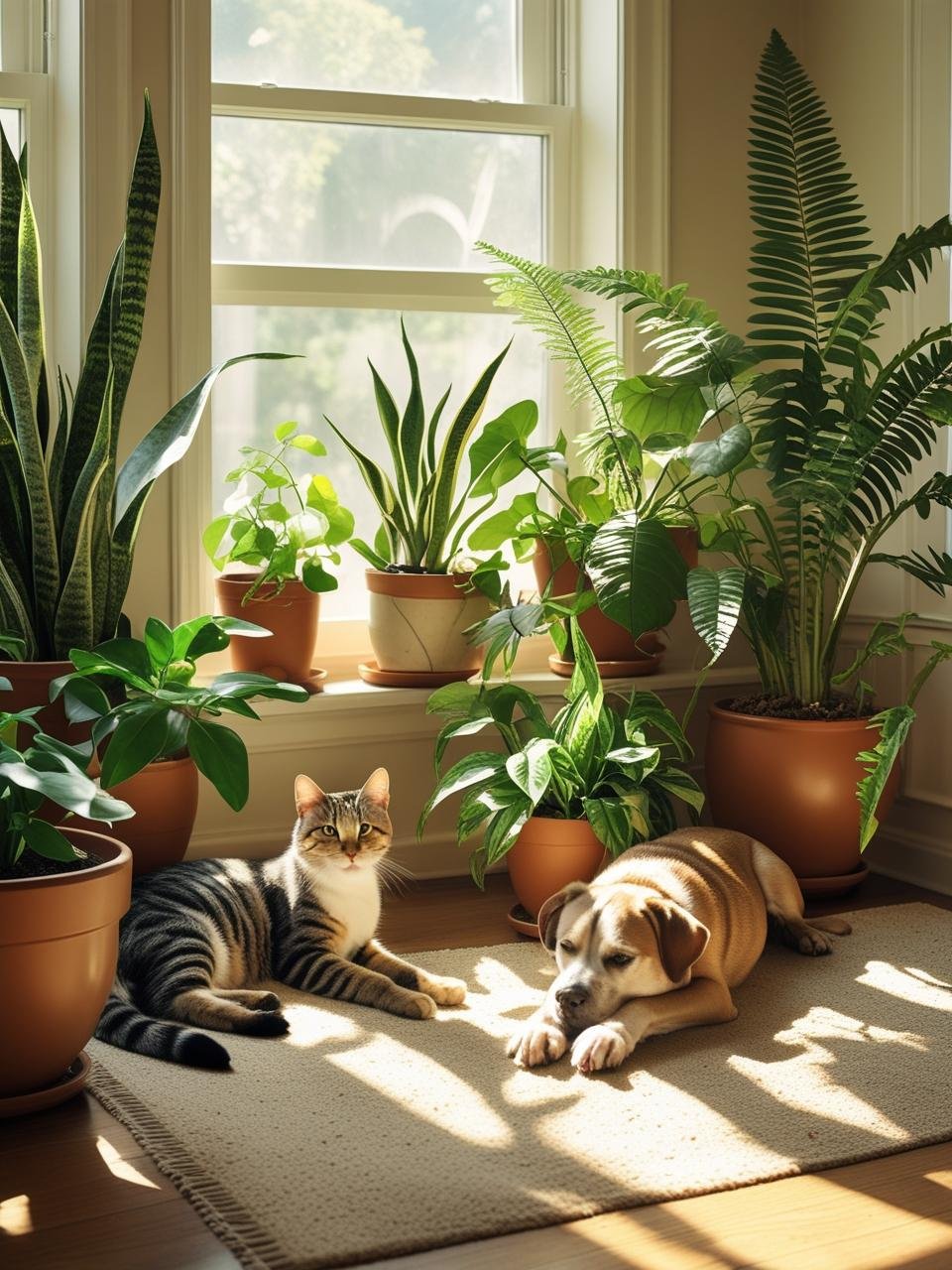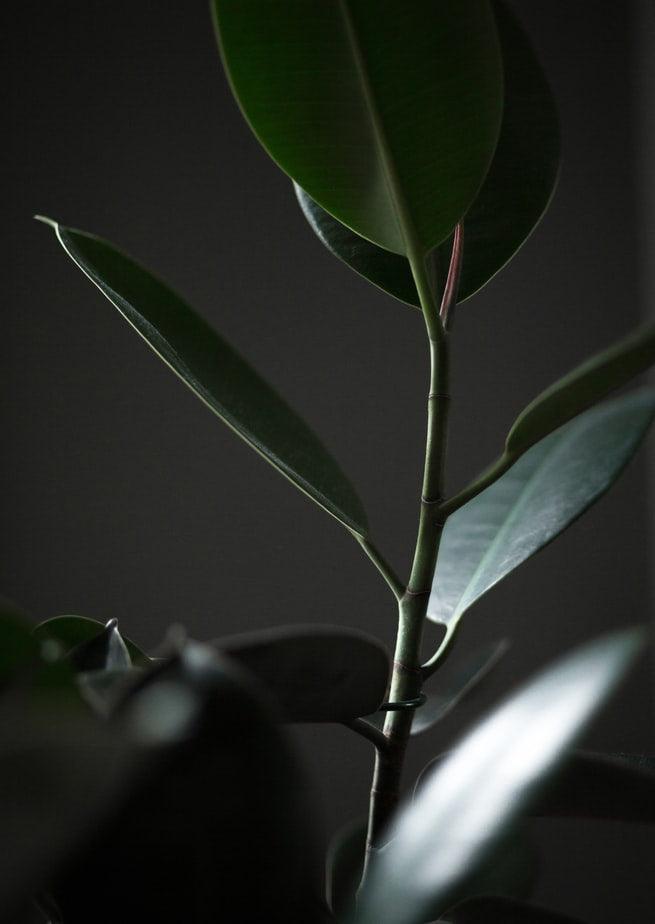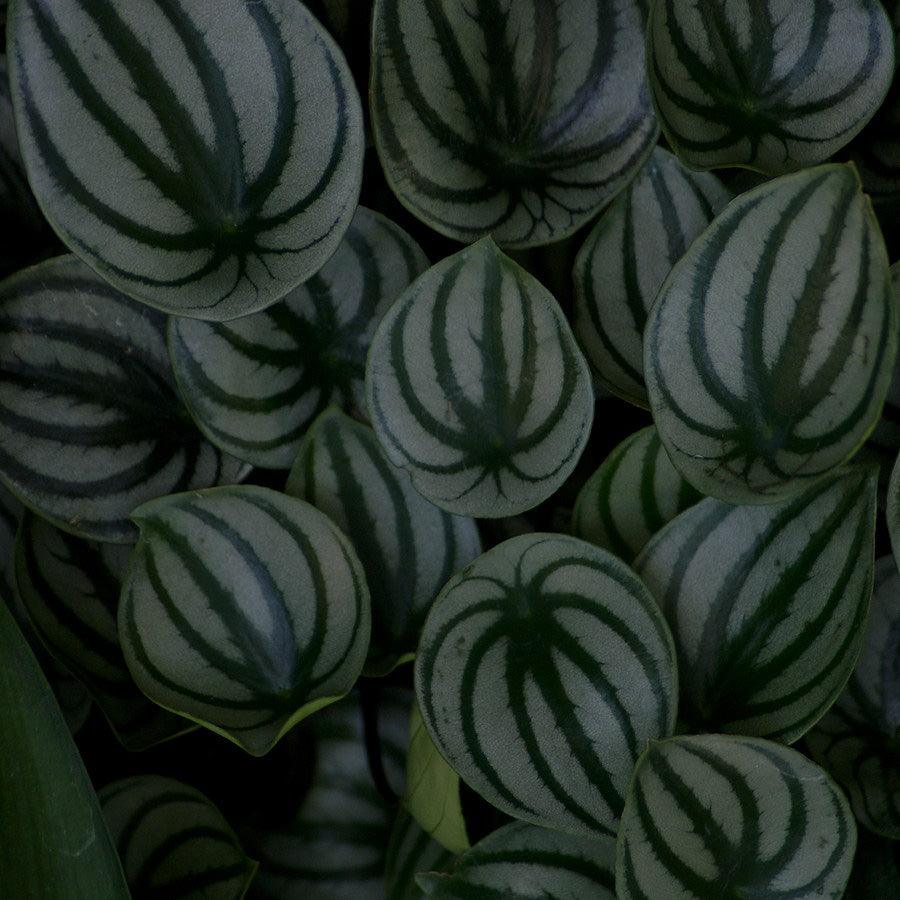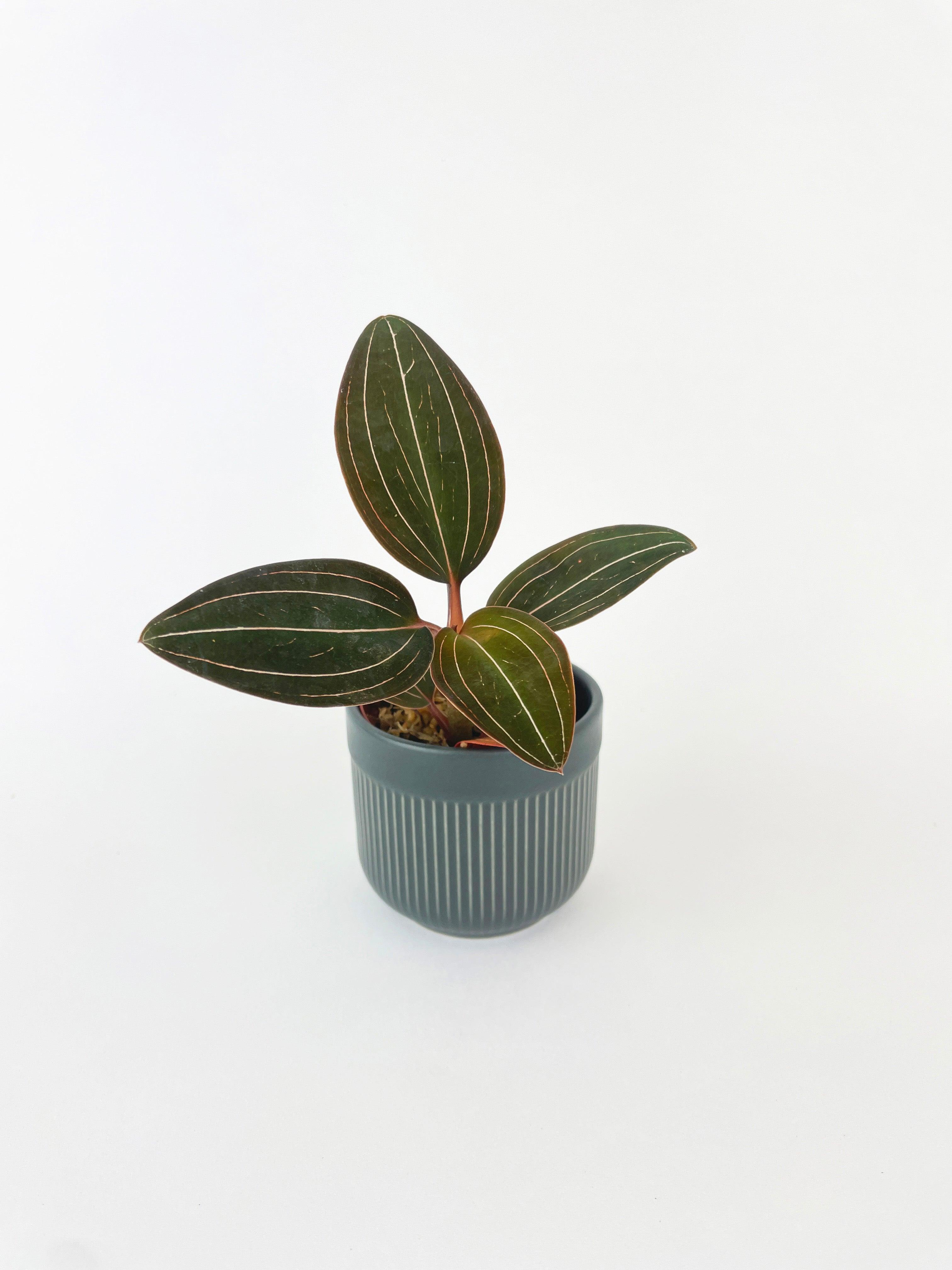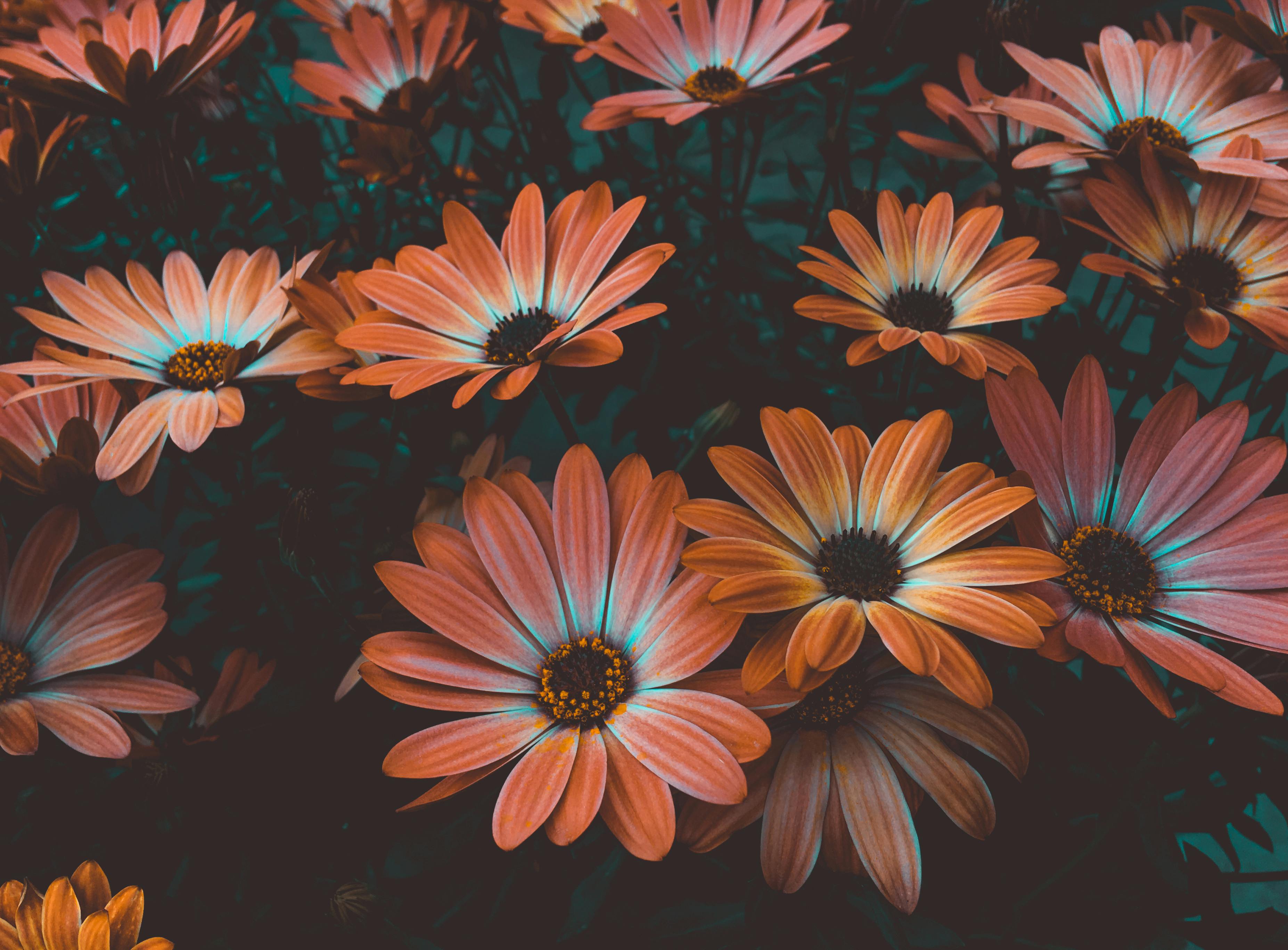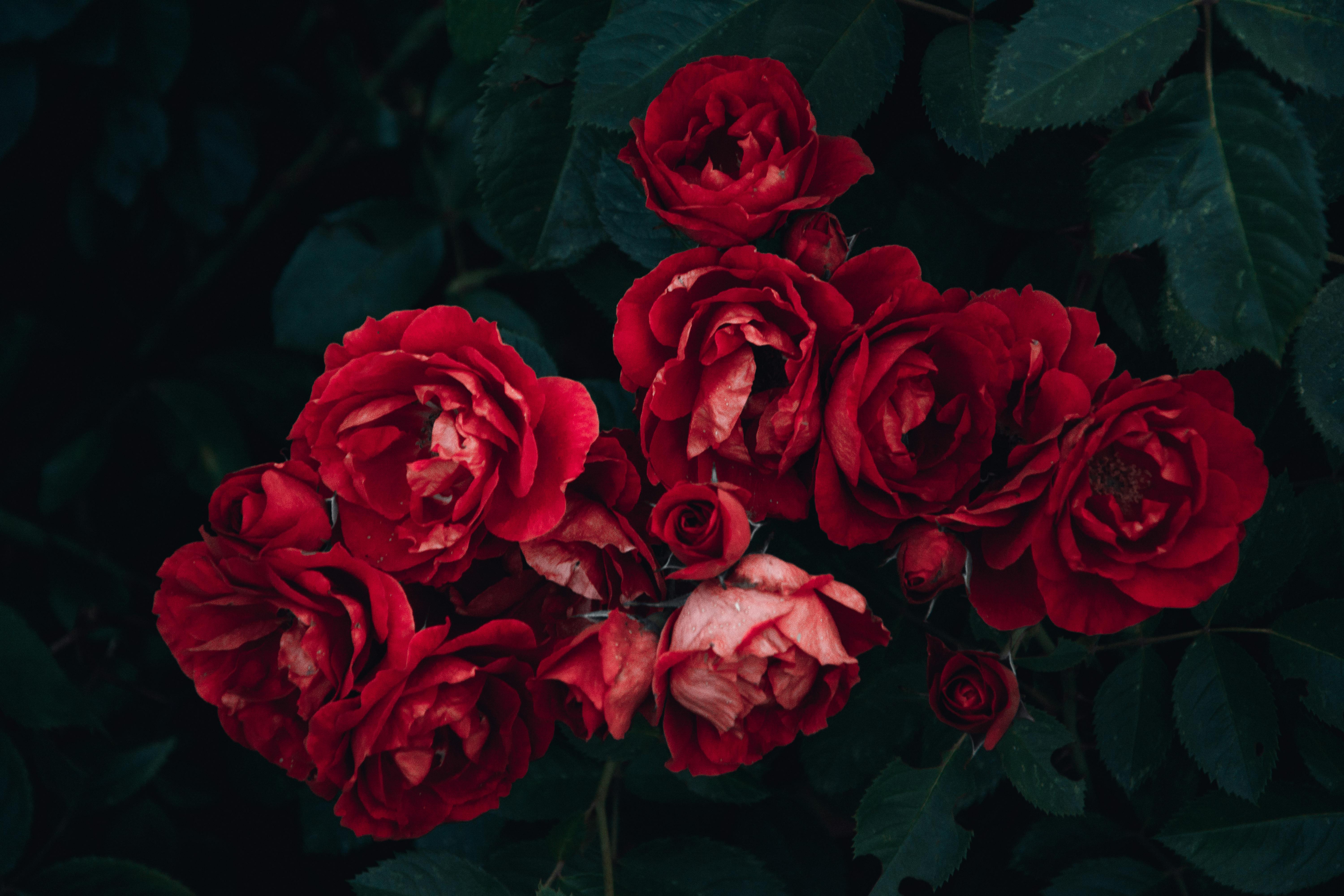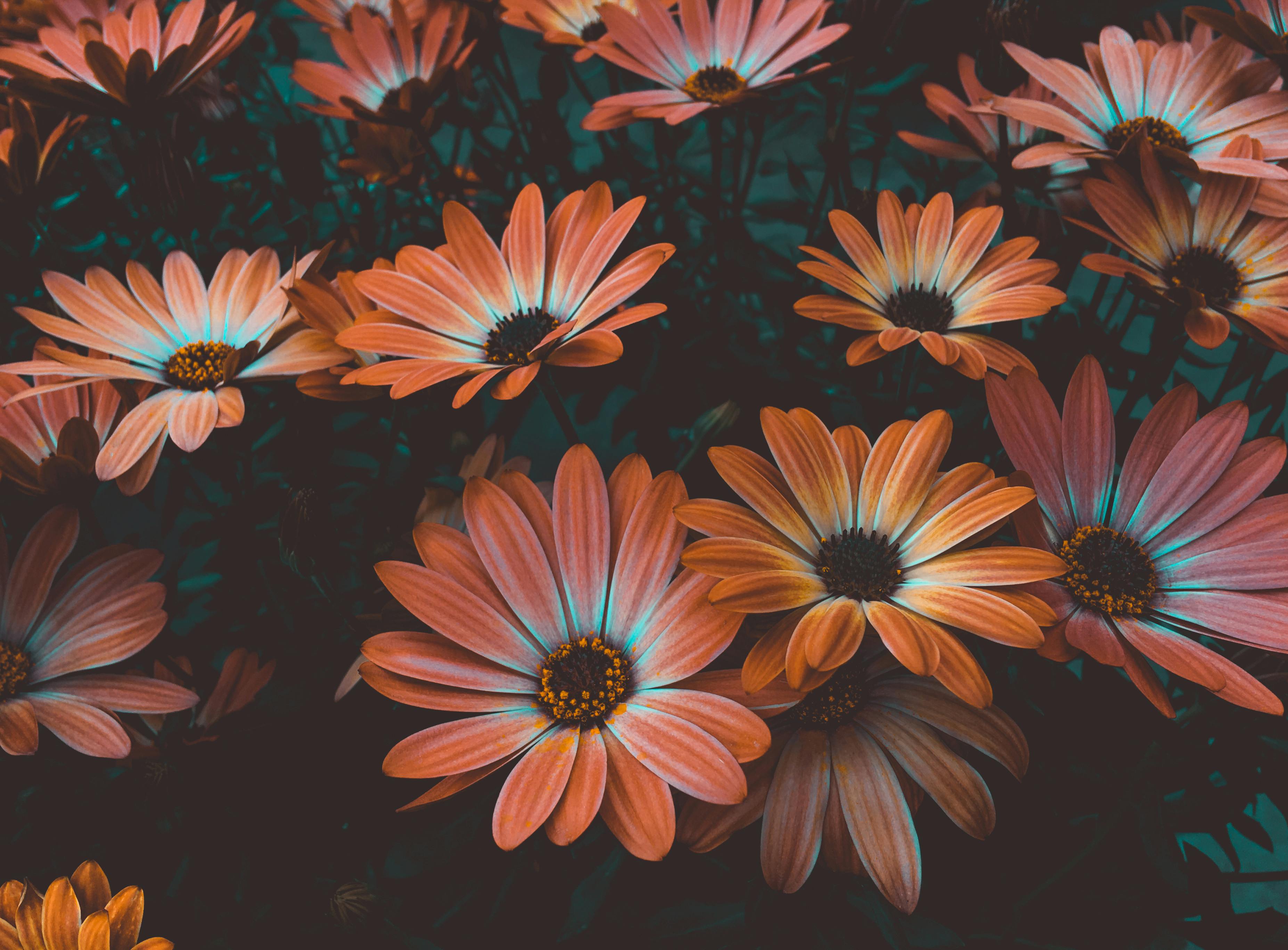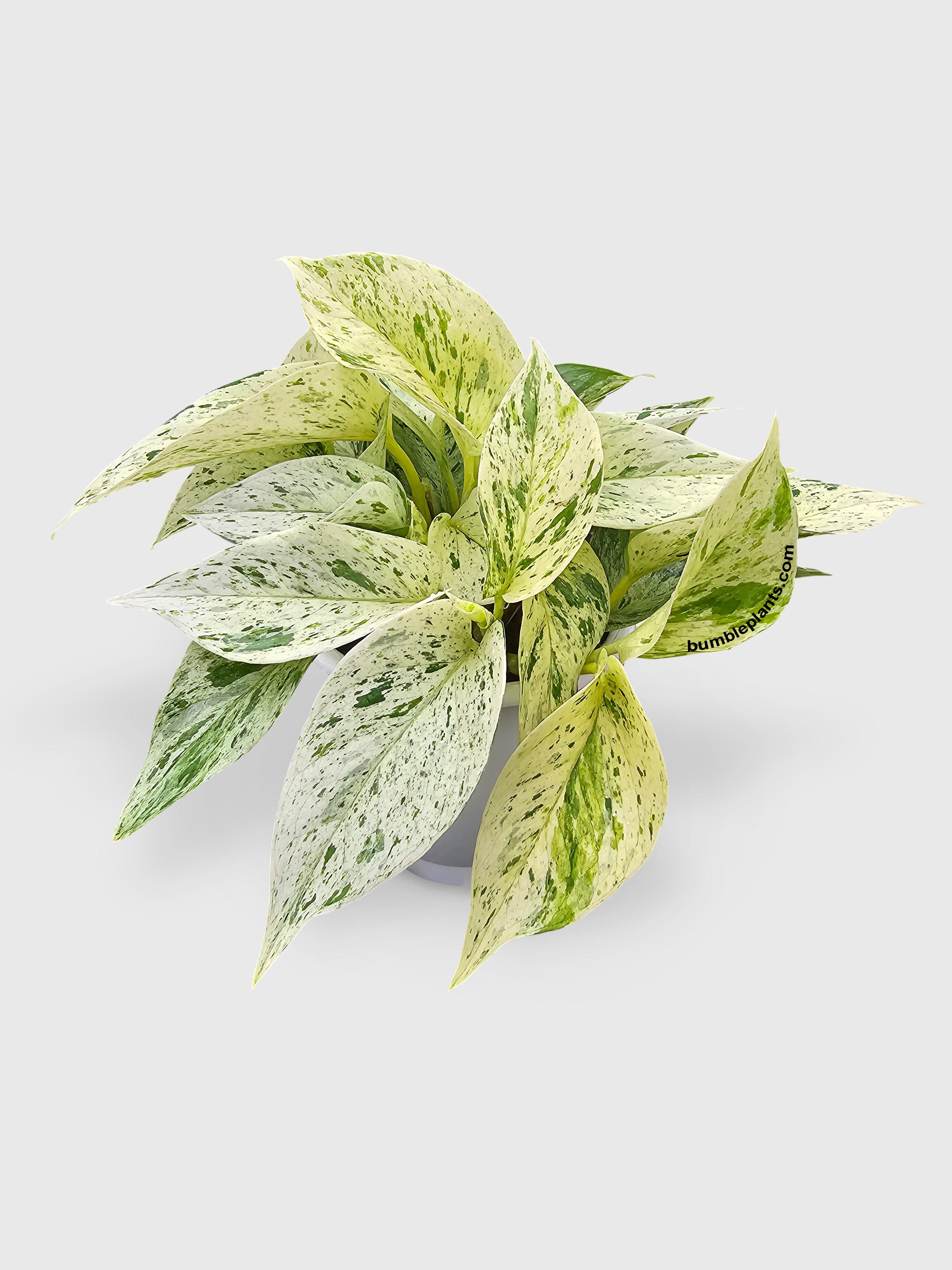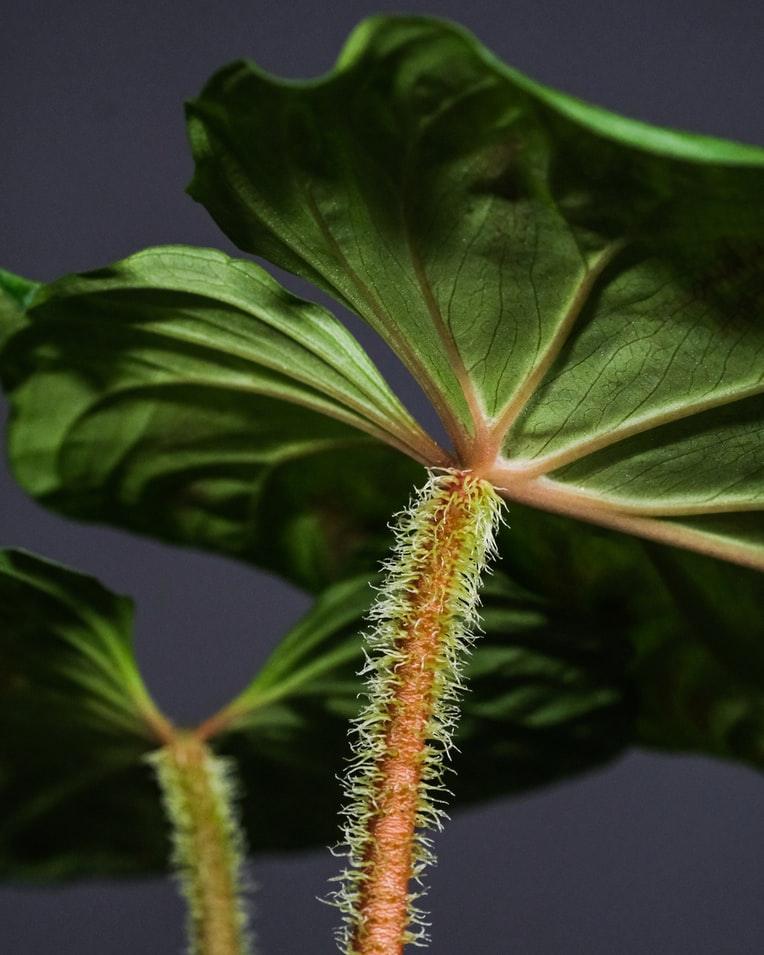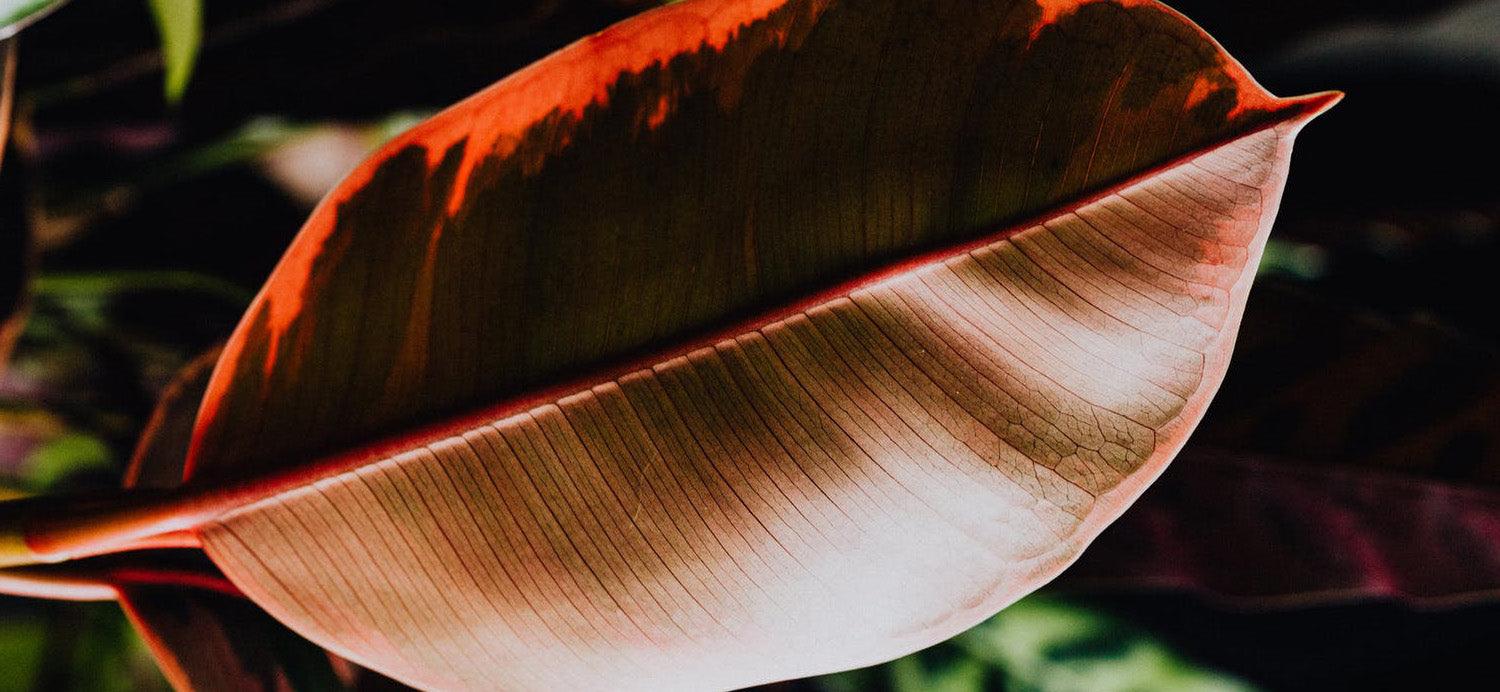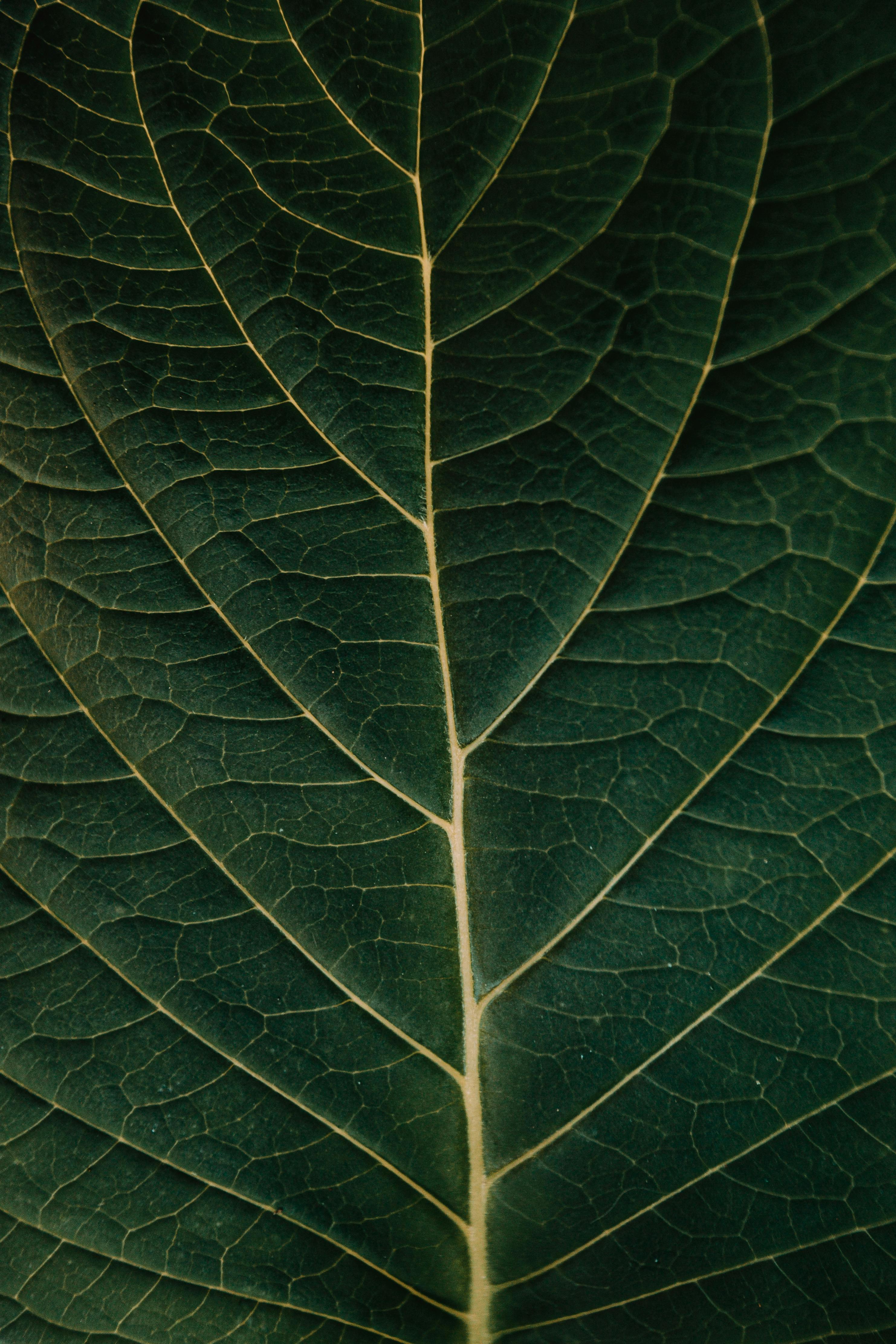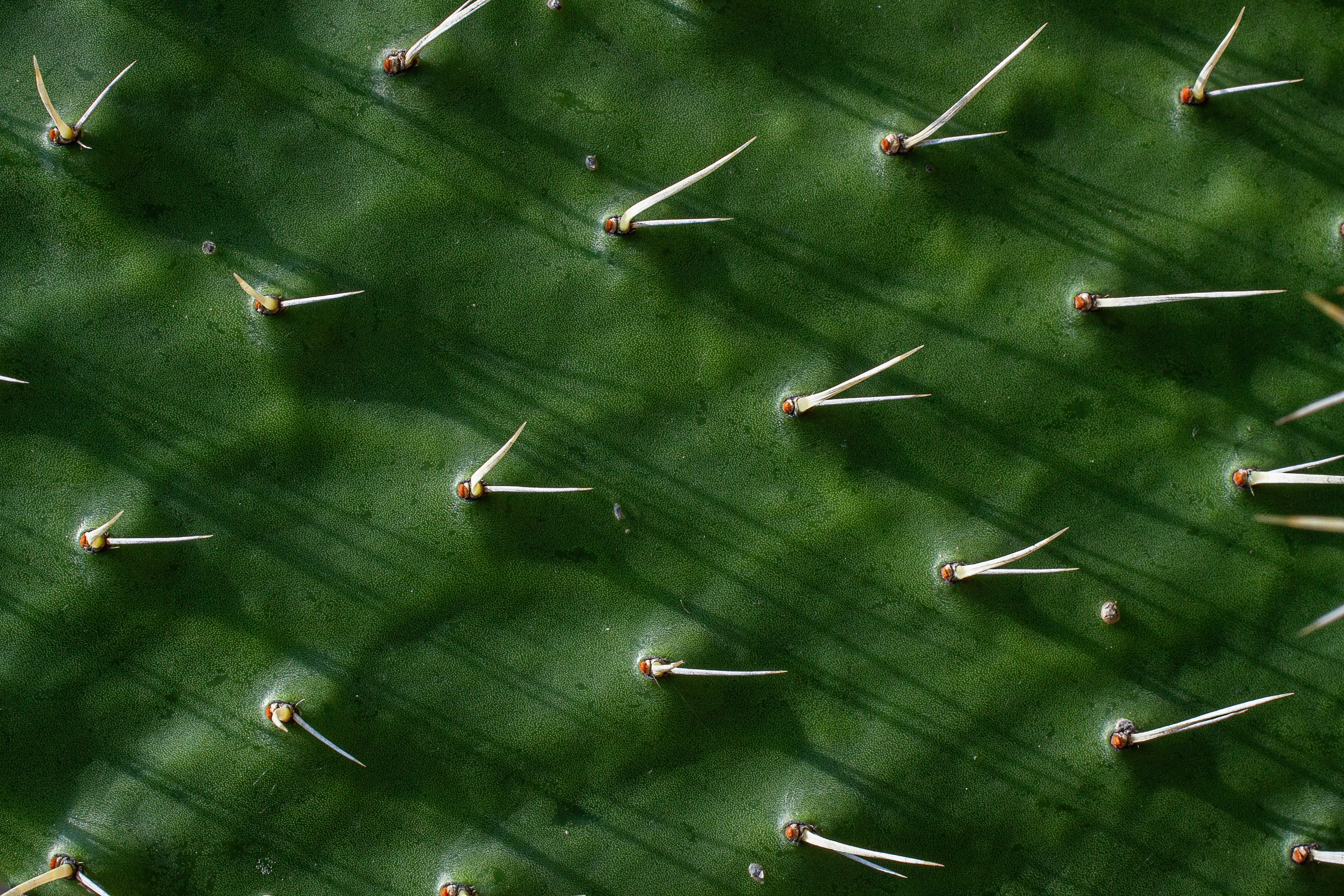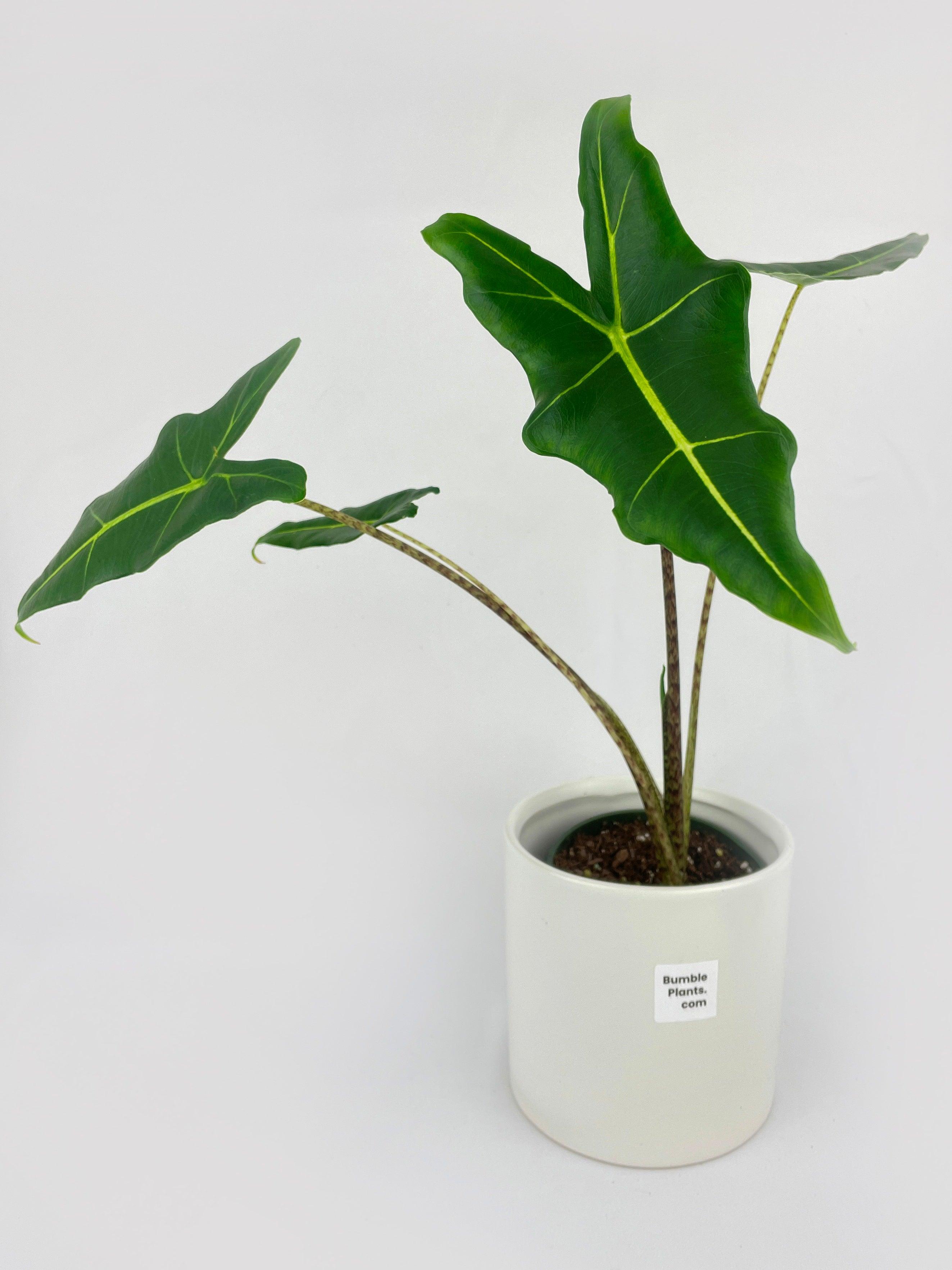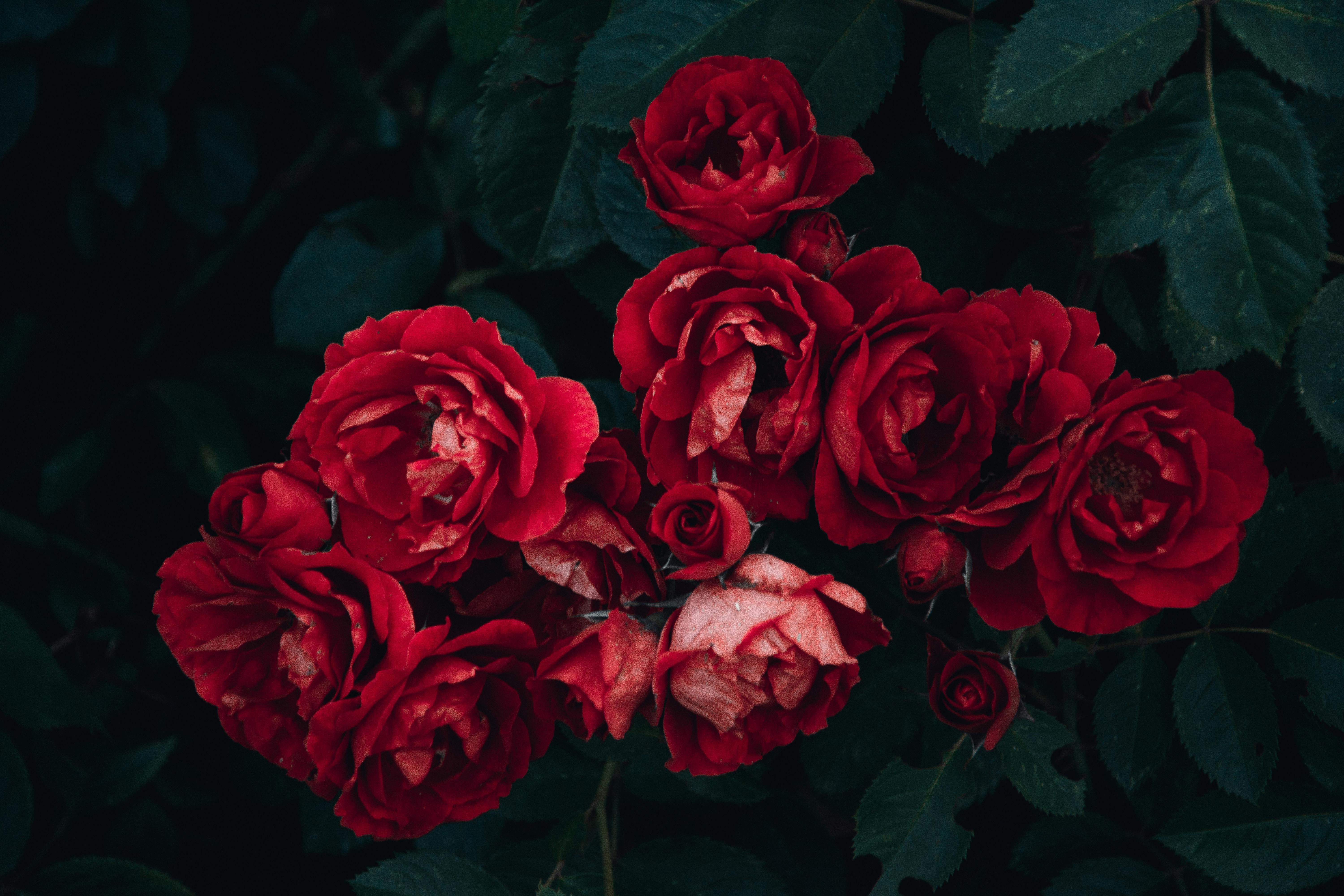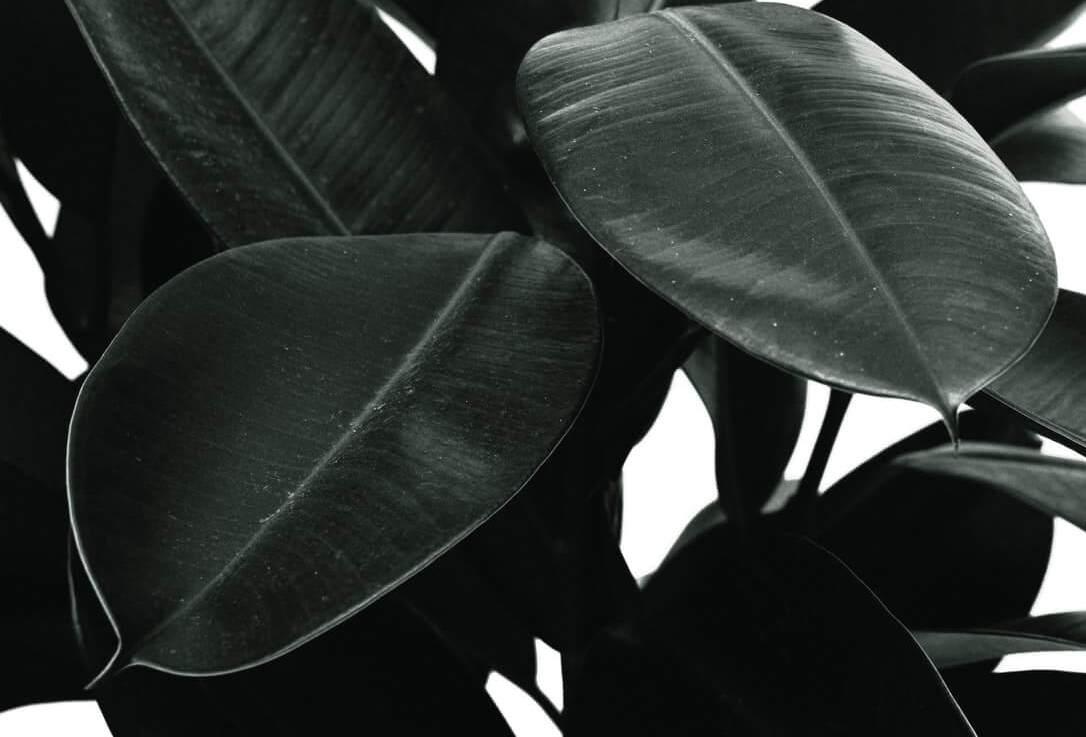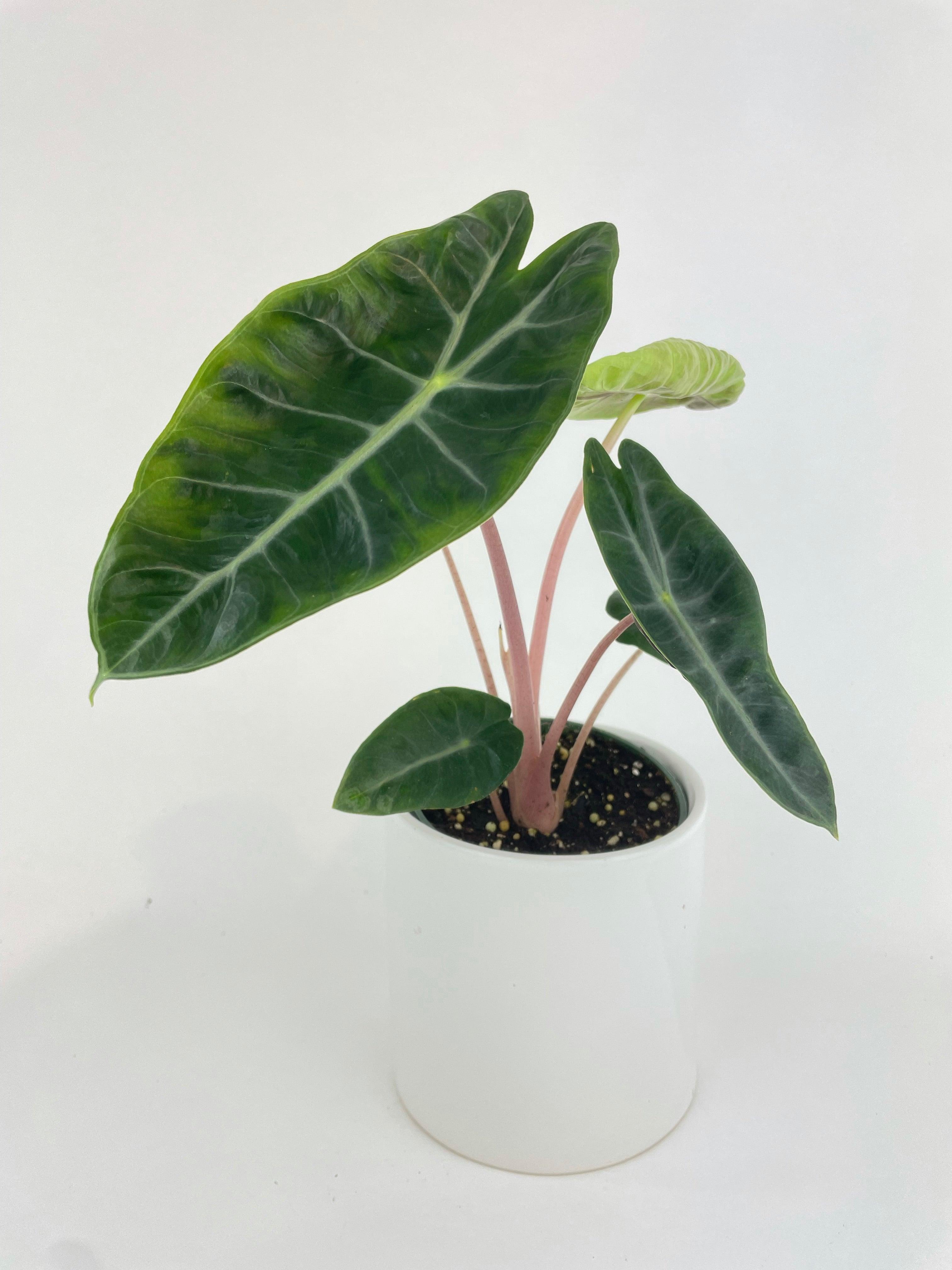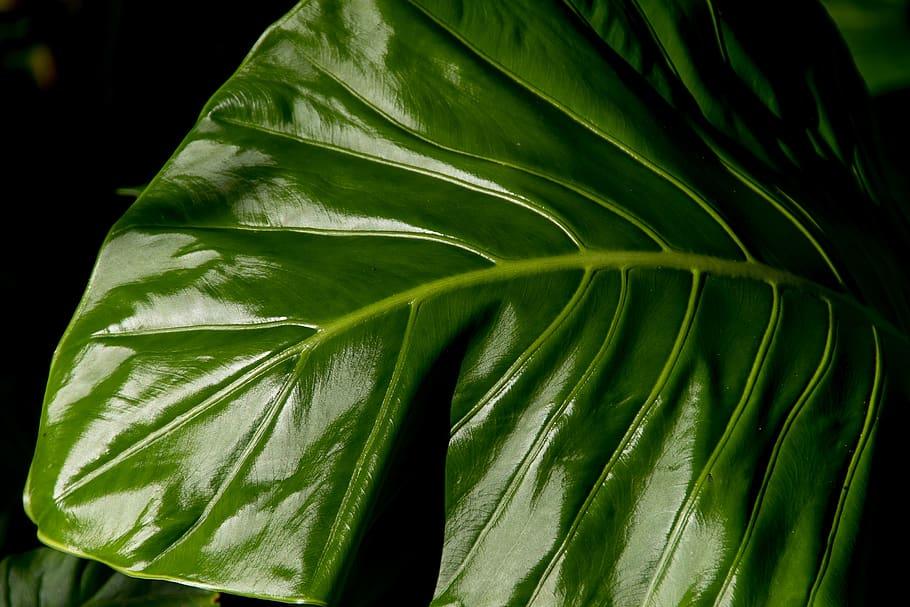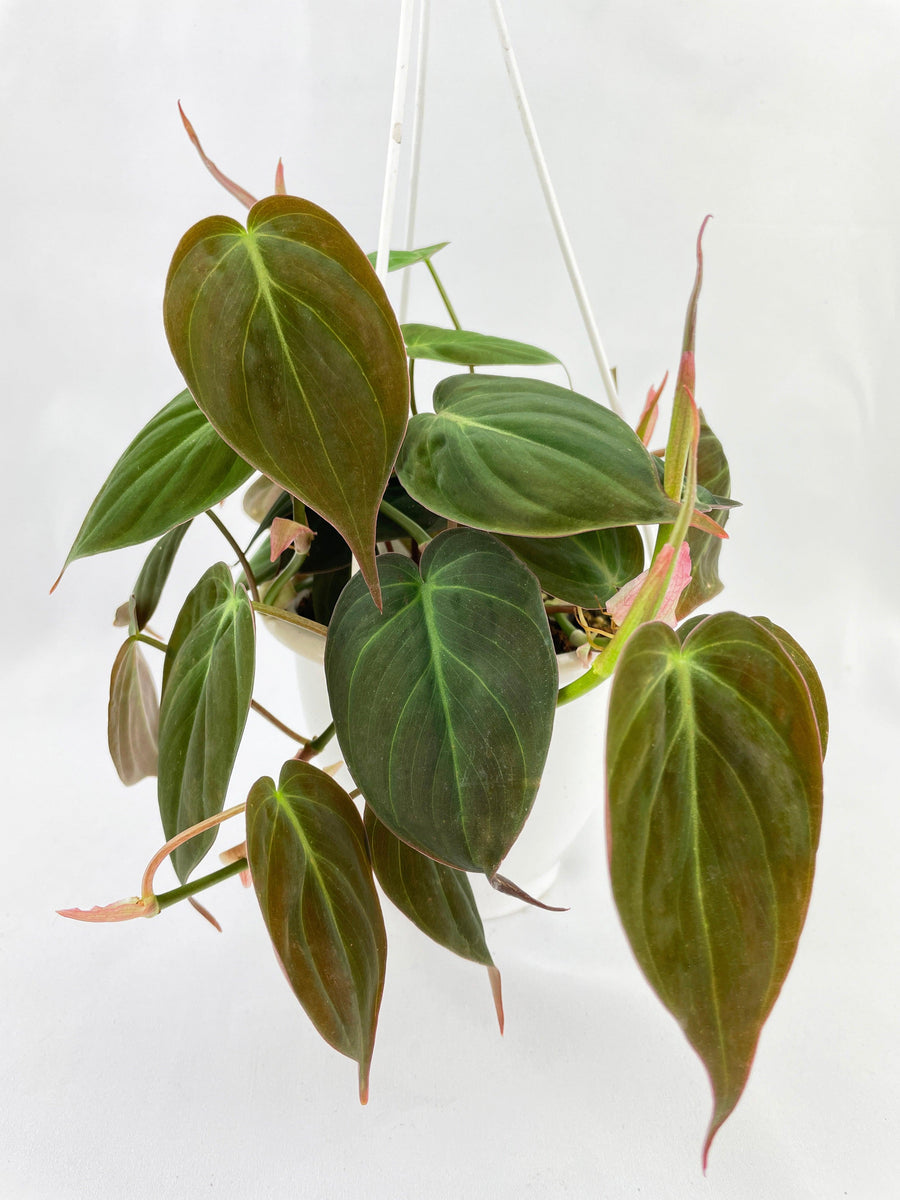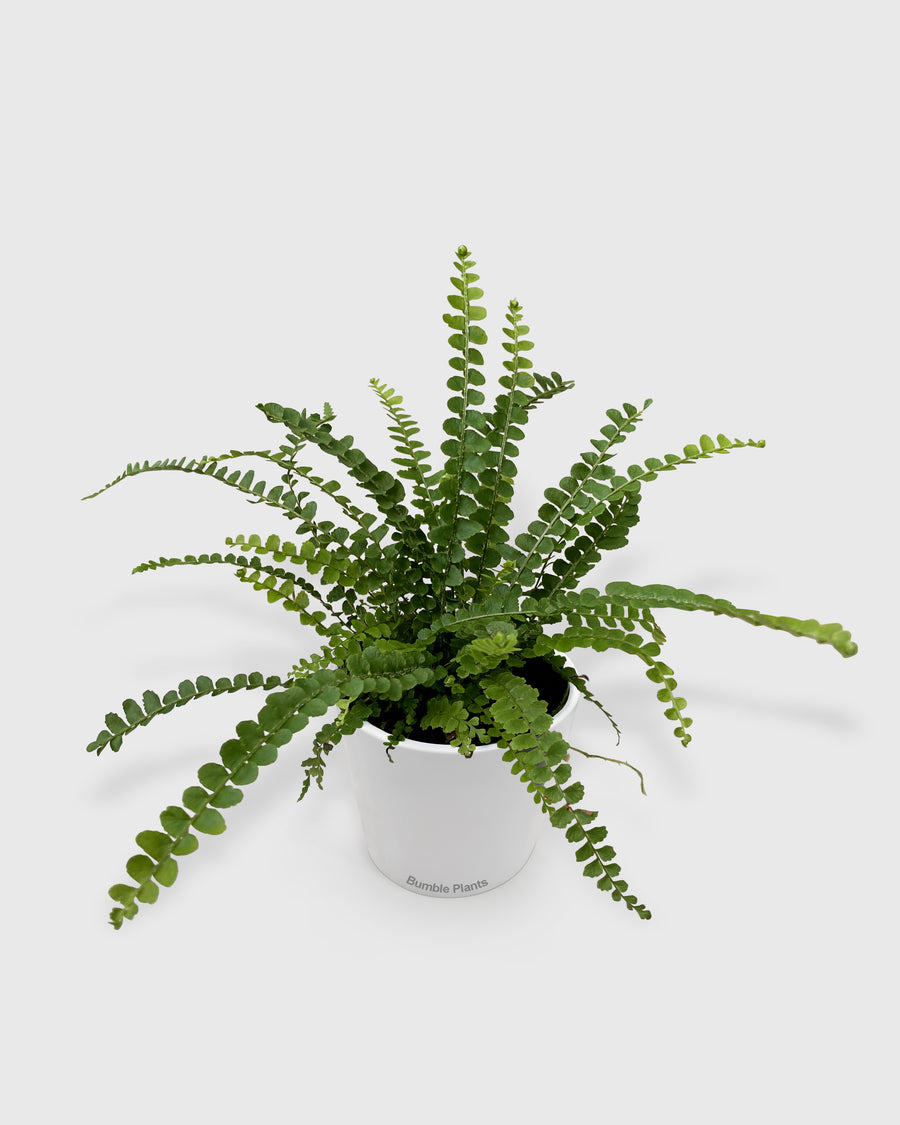Indoor Plant Care During Seasonal Changes: Best Practices and Advice
As seasons change, so do our lifestyles, wardrobes, and the needs of our indoor plants. The care we give to our green friends must adapt to ensure they continue to thrive despite the changes happening outside our windows. In this comprehensive guide, we will explore the essentials of indoor plant care during these seasonal transitions, offering best practices and advice to keep your leafy companions happy and healthy year-round.
Importance of Indoor Plant Care During Seasonal Changes
The significance of adjusting our approach to indoor plant care with changing seasons cannot be overstated. As the external environment shifts, so too does the internal atmosphere of our homes. Light intensity wanes, humidity levels drop, and temperatures fluctuate. Each factor plays a pivotal role in the well-being of our indoor plants. Recognizing and responding to these changes is crucial.
In the warmer months, our plants revel in the abundant light and bask in the longer days, often necessitating increased hydration and attention. As autumn approaches, the diminished light and cooler air slow plant growth, signaling a time for us to adjust our care routines. This seasonal ebb and flow in plant growth makes understanding and adapting our care strategies imperative for their survival and flourishing.
Moreover, seasonal changes can bring about unique challenges, including the onset of pests or diseases that are less active during other times of the year. Proactively adjusting our care can help preempt many of these issues, ensuring our plants remain robust and vibrant. This dynamic and responsive approach to indoor plant care can make all the difference in nurturing a thriving indoor garden.
Understanding the Light Needs of Indoor Plants
Light is essential for all plants, as it fuels their photosynthesis process and guides their growth. As the Earth tilts and orbits, the intensity and duration of sunlight entering our homes vary significantly. This variation in light availability requires us to reconsider how we position and care for our indoor plants.
During spring and summer, the sun's rays are more direct and last longer. Plants near windows can benefit from ample sunlight, promoting vigorous growth and vibrant foliage. However, as autumn transitions into winter, the sun takes a lower path across the sky, resulting in reduced intensity and duration of sunlight. Some plants, especially those accustomed to high light levels, may struggle to adapt to this change, showing signs of stress such as leggy growth, leaf drop, or faded foliage.
To address these challenges, consider rotating plants to ensure they receive light evenly on all sides. Additionally, moving plants to southern-facing windows can provide them with more consistent light exposure during the shorter days of autumn and winter. For plants that require lots of light, supplemental lighting from grow lights can bridge the gap by providing the necessary spectrum and intensity of light to support their growth and health.
Watering Houseplants Based on Seasonal Changes
Watering practices are essential for successful indoor plant care, but they are often misunderstood. The changing seasons require us to adjust our watering routines to meet the changing growth rates and hydration needs of our plants.
During the warmer and more vibrant spring and summer months, plants typically experience increased growth and therefore have a higher demand for water. The combination of higher temperatures and stronger light leads to faster evaporation, so we need to water more frequently to keep the soil moist. However, as the days get shorter and temperatures cool down, plant metabolism slows down, resulting in a decreased need for water. Continuing to water plants as we do in the summer can cause overwatering, which can suffocate roots, promote root rot, and attract pests.
To navigate this, it is important to monitor the moisture level of the soil instead of sticking to a fixed watering schedule. The top layer of soil can be a reliable indicator - if it feels dry to the touch, it is likely time to water. Additionally, using pots with drainage holes and using a potting mix that promotes good aeration and drainage can help prevent water from accumulating around the roots, further protecting against overwatering.
Winter Care Tips for Houseplants
Winter presents unique challenges for taking care of indoor plants, such as reduced light levels, drier air, and cooler temperatures. These conditions can stress plants, so it is important to provide them with thoughtful care during the winter months.
First, consider the temperature in your home. Most houseplants do well in temperatures between 65°F and 75°F (18°C to 24°C). During winter, make sure to keep plants away from drafts, heating vents, and cold windows, as these can cause temperature fluctuations that stress the plants.
Second, maximize the amount of light your plants receive by cleaning the windows to allow more light in and placing your plants in areas where they can get adequate light.
In addition, the dry air that is common in many homes during winter, due to heating, can deplete the moisture that many plants need. Keep an eye on your plants for signs of dryness and try methods to increase humidity, such as grouping plants together, using a humidifier, or placing plants on humidity trays. These methods can help create a more suitable environment for your plants to thrive in during the colder months.Increasing Humidity for Indoor Plants During Dry Seasons
The decrease in humidity that often accompanies the onset of cooler weather can create an inhospitable environment for our indoor plants, many of which originate from more tropical, humid climates. Recognizing and addressing the need for increased humidity is paramount for maintaining plant health during these drier seasons.
One effective method to boost humidity is to group plants. This arrangement allows plants to create a microclimate of shared humidity as each transpires and releases moisture into the air. Additionally, placing water-filled trays with pebbles beneath plant pots can increase local humidity levels; as the water evaporates, it elevates the moisture content of the air surrounding the plants.
For those seeking a more controlled solution, a humidifier to maintain optimal humidity levels for indoor plants. Monitor humidity with a hygrometer to ensure it stays between 40% and 60%.
Increasing Humidity for Indoor Plants During Dry Seasons
The decrease in humidity that often accompanies the onset of cooler weather can create an inhospitable environment for our indoor plants, many of which originate from more tropical, humid climates. Recognizing and addressing the need for increased humidity is paramount for maintaining plant health during these drier seasons.
One effective method to boost humidity is to group plants. This arrangement allows plants to create a microclimate of shared humidity as each transpires and releases moisture into the air. Additionally, placing water-filled trays with pebbles beneath plant pots can increase local humidity levels; as the water evaporates, it elevates the moisture content of the air surrounding the plants.
For those seeking a more controlled solution, a humidifier to maintain optimal humidity levels for indoor plants. Monitor humidity with a hygrometer to ensure it stays between 40% and 60%.
Choosing the Best Fertilizer for Your Houseplants
Nutrition plays a critical role in the health and vitality of indoor plants. Fertilizer is to plants what food is to humans: a source of essential nutrients that support growth, flowering, and overall health. However, just as our dietary needs change with the seasons, so do the nutritional requirements of our plants.
During the spring and summer, when plants are in their active growth phase, they benefit from a more regular feeding schedule. Using a balanced fertilizer that provides an equal measure of nitrogen, phosphorus, and potassium is recommended. These nutrients support leaf development, root growth, and flower production, fueling the vigorous growth characteristic of these seasons.
As autumn and winter approach, the growth of many plants slows down. This reduced growth rate means plants require fewer nutrients, so fertilization should be reduced in frequency. Continuing to fertilize as often as in the summer can lead to nutrient buildup in the soil, potentially harming the plants. Instead, tapering off fertilization in the fall and pausing during the winter months can align with your plants' natural growth cycle, providing them with the nutrients they need, when they need them.
Repotting Indoor Plants During Different Seasons
Repotting is a crucial aspect of caring for indoor plants. It provides them with fresh soil, more room to grow, and an opportunity to inspect and address any root issues. The timing of this activity can greatly influence the success of the repotting process and the subsequent health of the plant.
Spring and early summer are the best times to repot most houseplants. During this period, plants are entering their peak growth phase, which makes them more resilient and better able to handle the stress of repotting. The increased sunlight, warmer temperatures, and natural growth cycle of the plant all contribute to a quicker recovery and adaptation to the new pot and soil.
On the other hand, repotting during autumn or winter can be more challenging for plants. The decreased light levels, cooler temperatures, and slowed growth during these seasons make it more difficult for plants to recover from the stress of repotting. If repotting is necessary during these months, providing extra care, such as ensuring sufficient light and avoiding overwatering, can help minimize stress and facilitate the plant's recovery.
Common Houseplant Pests and How to Deal with Them
Pests can be a persistent challenge in indoor gardening, with seasonal changes often triggering new waves of infestations. Common culprits include spider mites, aphids, mealybugs, and scale insects, each capable of causing significant damage if left unchecked.
Prevention is paramount in managing houseplant pests. Regularly inspecting your plants, particularly when introducing new plants to your collection or during seasonal transitions when pests are more active, can help catch infestations early. Isolating affected plants can prevent pests from spreading to your other greenery.
When pests are detected, several treatment options are available. Neem oil, insecticidal soaps, and horticultural oils offer effective, plant-friendly ways to combat pests. These treatments work by smothering or disrupting the pests, providing a non-toxic solution to pest management. More potent treatments may be necessary for severe infestations, but starting with gentler options can often resolve the issue while minimizing harm to the plant.
Reviving Droopy Houseplants
Encountering a droopy houseplant can be disheartening, but it's often a sign that your plant is distressed and needs immediate attention. The causes can range from underwatering and overwatering to pest infestations or diseases.
The first step in reviving a droopy plant is to accurately diagnose the problem. Check the soil moisture to determine whether the plant is thirsty or waterlogged. If the soil is dry, a thorough watering might be needed to perk up your plant. If the soil is overly wet, improving drainage and allowing the soil to dry out can help restore plant health.
In cases where pests or diseases are the culprits, treating the infestation or disease promptly can prevent further damage and give your plant a chance to recover. Adjusting your plant care routine to better match the plant's needs can prevent future episodes of droopiness, ensuring your plant remains healthy and vibrant.
Propagating Indoor Plants for New Growth
Propagating your indoor plants can bring about new growth and give you the opportunity to expand your plant collection or share it with your loved ones. There are various methods of propagation, such as stem cuttings, leaf cuttings, and division, which offer several ways to create new plants from your existing ones.
Stem and leaf cuttings are popular and straightforward methods that work well for many types of houseplants. By cutting a healthy section of the plant and placing it in water or soil, you can stimulate the development of roots, leading to the growth of a new plant. Division, another effective method, involves physically separating a plant into multiple parts, each with its own roots, and potting them separately.
Regardless of the method you choose, propagation is most successful during the spring or early summer. This takes advantage of the plant's natural growth cycle to optimize rooting and growth. With patience and care, propagation can be a rewarding experience that enhances your indoor garden and allows you to share its beauty with others.
Flowering Houseplants That Thrive During Winter Seasons
While winter can sometimes feel dreary for gardeners, there are several flowering houseplants that defy expectations by adding color and vitality to our homes during the colder months. African violets, Christmas cacti, and amaryllis are just a few examples of wonderful species that bloom magnificently in winter, providing a delightful array of flowers when outdoor gardens are in their dormant phase.
Taking care of these winter bloomers involves:
- Ensuring that they receive sufficient light.
- Maintaining a consistent watering schedule without overwatering.
- Providing them with the appropriate fertilization to support their flowering.
With proper care, these plants can offer a vibrant contrast to the gray winter skies, reminding us of the enduring beauty of nature.
Relevant Articles: 👇
✔︎ Seasonal Indoor Plant Care : Best Practice
✔︎ Seasonal Plant Care Made Easy: Essential Strategies for Success
Conclusion
Navigating the seasonal changes in indoor plant care can seem daunting, but with the right knowledge and adjustments, it's possible to maintain a thriving indoor garden year-round. By understanding and responding to the changing needs of your plants with each season, you can ensure they not only survive but flourish, bringing life, color, and joy into your home, no matter the weather outside. Remember, the key to successful indoor gardening lies in observation, adaptation, and a little love. Happy gardening!


